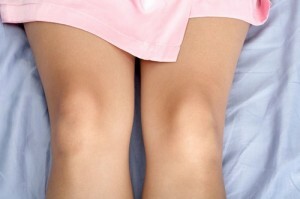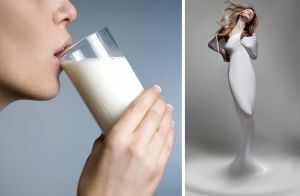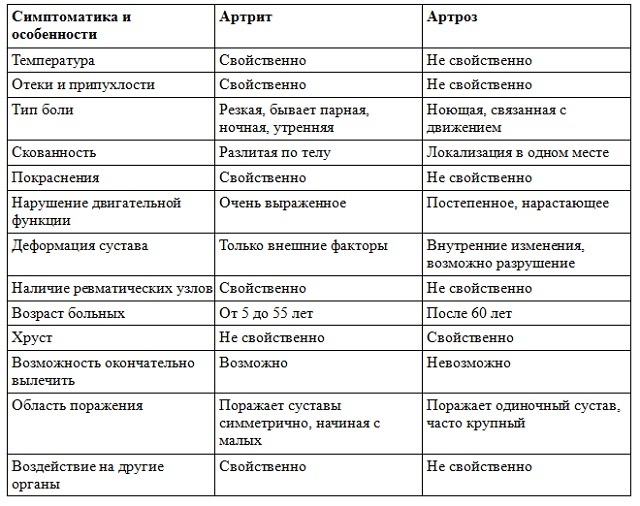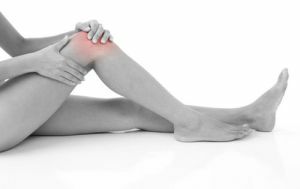 Periarthritis of the knee joint is a rather unpleasant pathology, which often appears after traumatic injuries or severe overstrain.
Periarthritis of the knee joint is a rather unpleasant pathology, which often appears after traumatic injuries or severe overstrain.
In this case, at rest, painful sensations, as a rule, do not arise. Discomfort increases with active or passive movements.
To avoid negative health effects, it is necessary to consult a doctor in a timely manner.
Contents of the article
- What is the essence of pathology?
- Causes and risk factors
- Symptoms and signs of the disease
- Forms and types of the disease
- Diagnostic methods
- Therapy of the disease
- Traditional medicine
- Possible complications
- Preventive measures
What is the pathology?
By the periarthritis of the knee is commonly understood as an inflammatory process that occurs in the periarticular tissues.
Often the site of pathology localization is the area of attachment of tendons located on the inner surface of the joint.
The pathological process in this disease is located in the area of the muscular tissue on the inner side of the tibia.
Tendon tendon of the sartorial and semimembranous regions may also be affected. However, the joint itself is not damaged. Often, the pathology appears after tendonbursitis or tendinitis of the knee joint, if not on time to begin their treatment.
The reasons for the development of periarthritis can be different. In any case, when an inflammatory process occurs, urgent measures must be taken, otherwise there is a risk of developing dangerous complications.
Causes and risk factors
Periarthritis of the knee joint develops under the influence of a variety of factors. The most common are the following:
- traumatic knee injury;

- subcooling;
- excess voltage;
- increased physical activity;
- is not a flexible way of life;
- chronic diseases of the musculoskeletal system - they include osteochondrosis, arthritis, arthrosis, etc.
There are also predisposing factors that significantly increase the likelihood of periarthritis:
- metabolic disorders in the body - for example, with obesity or diabetes mellitus;
- imbalance of hormones;
- pathology of the heart and blood vessels;
- of the endocrine system;
- pathologies of small blood vessels, which lead to problems in the blood supply of the periarticular tissues;
- the presence of excess weight, which creates a high load on the joints.
Pathology can be the result of surgical intervention on the ligament apparatus. Also, it can lead to degenerative-dystrophic changes in the knees.
Symptoms and signs of
To diagnose the periarthritis of the knee, one should be guided by such symptoms:
- pain in the knee;
- swelling of the inner surface of the knee.
The severity of the manifestations is affected by the form of the disease and the stage of development of pathology. For the pain syndrome that accompanies the disease, there are specific features:
- the appearance of uncomfortable sensations is observed with active movements in the joint;
- pain syndrome usually occurs at the first steps, after which it significantly decreases or completely disappears;
- when lifting heavy objects or while climbing the stairs, the discomfort is significantly increased;
- at rest the pain disappears, but it can return if the person sits or turns on his side;
- sharp pains occur when pressing on the inflamed area;
- increased discomfort is observed when laying one leg on the other.
Forms and types of the disease
 Depending on the form of the pathological process, acute and chronic periarthritis is distinguished.
Depending on the form of the pathological process, acute and chronic periarthritis is distinguished.
The acute form of the disease is characterized by rather intense pain sensations, whereas chronic periarthritis has a more worn out clinical picture.
The primary and secondary form of pathology is also distinguished. Primary periarthritis occurs independently, while the secondary process is a consequence of other diseases.
Diagnostic methods
To make the correct diagnosis, the doctor performs palpation of the knee, while the patient feels severe pain.
To confirm the disease, radiography is performed - it is this procedure that allows you to identify abnormalities in the periarticular tissues.
For more accurate diagnosis, a specialist can prescribe magnetic resonance imaging or computed tomography. Such methods are considered sufficiently informative, which allows the doctor to choose an appropriate treatment.
Therapy of the disease
The main goal of treating the periarthritis of the knee joint is to stop the inflammatory process and eliminate pain.
During the exacerbation of the disease, non-steroidal anti-inflammatory drugs are prescribed to the patient - in particular, Diclofenac. 
The doctor can also prescribe medications such as Ibuprofen, Orthofen, Fanigan.
For topical application suitable ointments and gels - Dolobien, Fastum gel, etc.
It is useful to drink B vitamins - Magnumum, Neurorubin, Neurobex.
To restore cartilaginous tissue, the patient is prescribed chondroprotectors.
This category includes Hondrolon, Teraflex, etc.
Physiotherapeutic procedures also have a good effect:
- infrared laser therapy;
- pulse magnetotherapy;
- electrophoresis with novocaine or lidocaine.
During this period, the joint should be in a state of complete rest, and therefore it is very important to minimize physical activity.
If a person has severe pain that can not be quenched with non-steroidal anti-inflammatory drugs, glucocorticoid hormones are used - for example, prednisolone.
Similar preparations are injected into the periarticular tissues or prescribed for internal use. It is very important to take into account all indications and contraindications to their use.
When reducing the manifestations of the disease, physiotherapy is actively used, which helps to complete the course of therapy. 
Paraffin applications and ozocerite can be used. In some cases, doctors prescribe special physical exercises. In doing so, do not massage.
If conservative therapy does not give the desired results, surgical intervention is used. The main purpose of the operation is to dissect the adhesions and restore the tendon mobility. It may also be necessary to remove spurs.
Traditional medicine
To the human condition has not worsened, it is strictly not recommended to treat the disease yourself. Only an expert can advise the use of traditional methods of therapy.
They can act as an adjunct to the main treatment. Compresses and infusions of herbs have a pronounced general strengthening and anti-inflammatory effect:
- Herbal compress .Mix the leaves of althaea, sweet clover and chamomile flowers in the ratio 1: 2: 2.Pour boiling water to get a messy consistency. Wrap the tissue and attach to the inflamed patch.
- Vitamin tea .To eliminate the symptoms of inflammation, you can drink vitamin teas - they can include rose hips, raspberry leaves, lingonberries or currants.
- Infusion of medicinal plants .Cure with the inflammatory process will help infusion, prepared from nettle, birch, willow or birch leaves.
Possible complications of
If the timely treatment does not start, the inflammatory process will lead to irreversible changes in the body. In particular, as the pathology progresses, the joint can completely or partially atrophy.
As a result, the limb will lose mobility, and the person will become disabled.
Preventive measures
To prevent the development of periarthritis of the knee, it is necessary to think in advance about the prevention of pathology of the musculoskeletal system.
For this, first of all, it is necessary to detect and treat arthritis on time. In addition, doctors advise to monitor the optimization of the load on the  joints. Of no less importance is the prevention of traumatic damage to the joints.
joints. Of no less importance is the prevention of traumatic damage to the joints.
Periarthritis of the knee - rather is a dangerous pathology that is accompanied by severe pain and can significantly reduce the quality of life of a person .
To prevent complete loss of mobility of the affected limb, it is necessary to consult a doctor when the first symptoms of the pathology appear.



